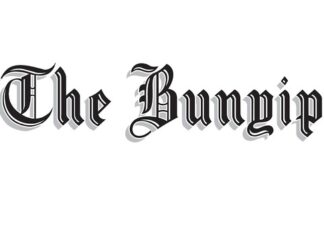FIRSTLY, thanks to Michael Brawn for his letter to the Editor last week (July 26).
I have tried to communicate these facts in the past, but nevertheless I will try again.
Council has offered some calculations in its “high level financial analysis” that show, should boundary reform be successful, that the “return on investment” on such a change results in a deficit/surplus of $0.
When I say we still need more information, it is because this “high level” calculation doesn’t consider the full extent of staffing costs, IT needs, office space, or the interest on further borrowings required should a population doubling be the sole responsibility of Gawler Council.
I certainly don’t use the word ‘gamble’ with any malice intent, I use it simply to communicate that I don’t believe the risk is fully understood, meaning the return on investment is not clear.
When you gamble you know the odds, not just bet with a “what happens if I don’t bet” mentality.
The math presented in last week’s letter calculated “revenue in” equates to profit. However, if outgoing costs to receive that revenue is of an equal amount, then profit/ loss is non-existent, that’s called a breakeven.
For some further context, from 2001-2021 the Gawler population grew by around 40 per cent.
For the same period, total council expenditure grew by 283 per cent. You may see why considering the outgoings when assuming potential incomings due to ratepayer growth is a dangerous miss calculation, in my opinion, and sends a very flawed message when you consider past performance due to population growth alone without any land growth.
I can assure my fellow ratepayers that if I thought paying $379,500, yet to be confirmed as the final costing, to embark on only an investigation was the best thing to do for Gawler and the region I would be championing this project.
But if I can’t see the odds, I’m not willing to place the bet yet.
Nathan Shanks, Gawler Council Deputy Mayor Odd numbers AFTER reading Mr Brawn’s letter to the Editor on boundary reform (July 26), in which he took it upon himself to “clear some things up for Cr Shanks”, I feel it necessary to “clear things up” for Mr Brawn on the matter of profit and loss.
Mr Brawn’s letter claimed that boundary reform represents a return on investment (RoI) of up to 7805 per cent. RoI is a simple ratio that divides the net profit (or loss) from an investment by its cost.
This claim does not include cost in the calculation of profit or RoI. Council’s own high-level financial analysis details that the return from the proposed boundary reform is zero, and that’s before calculating staff costs and costs of further borrowings likely needed to fund such an adventure.
Elected members supportive of boundary reform without further analysis – who rely on community members such as Mr Brawn to further their argument that it’s “what the community wants” – should start to educate their supporters.
I suggest starting with some basic accounting, otherwise those community members are supporting their position for the wrong reasons, and with the outcome very much different from what they are expecting.
Shane Bailey, Gawler







